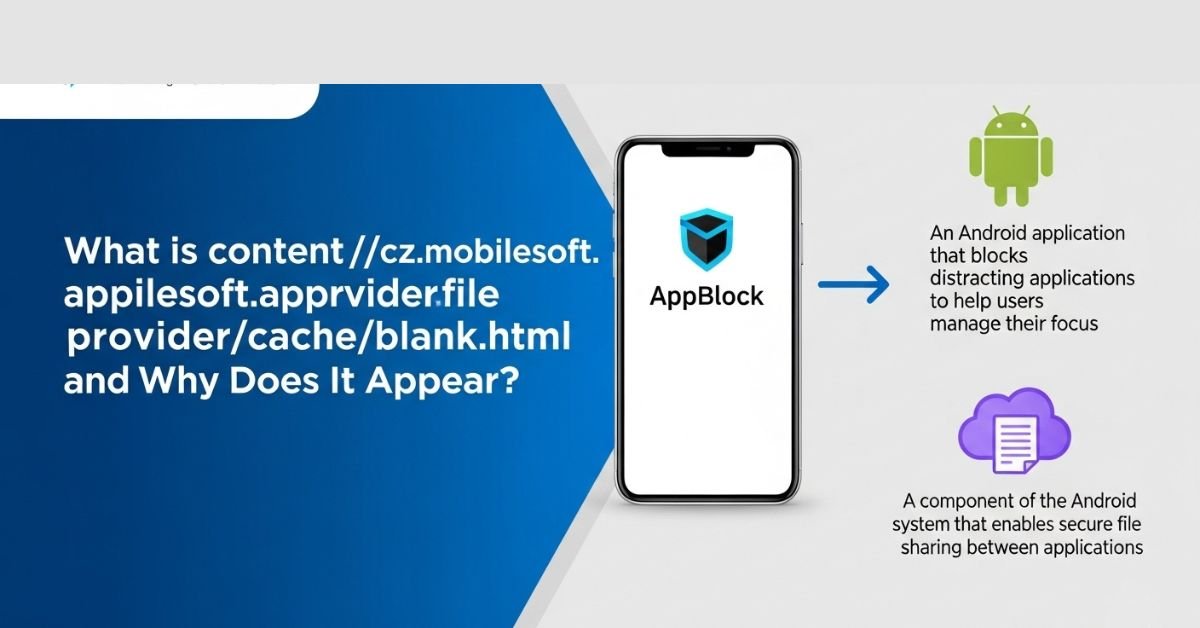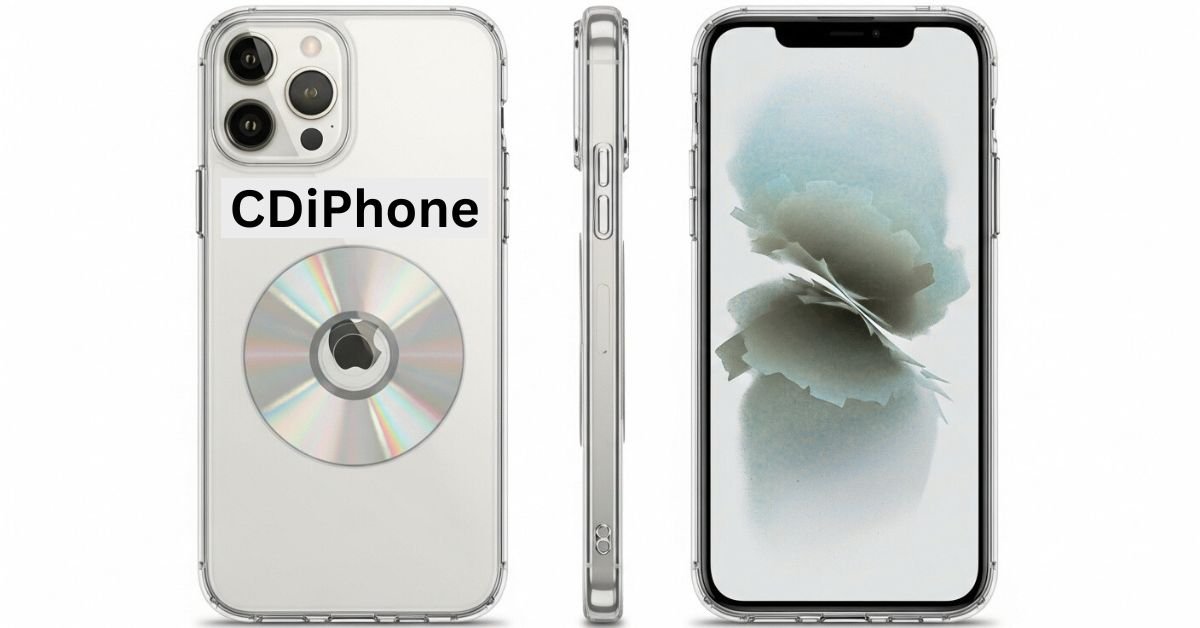Contents
Introduction
If you use the AppBlock app from CZ Mobilesoft, you might have come across a strange error with a file path that reads: content://cz.mobilesoft.appblock.fileprovider/cache/blank.html.
At first glance, this can be confusing — it looks like something technical is broken. In reality, this error usually points to how the app is storing or serving a local HTML file that is missing or not loading properly.
This guide explains what this message means, why it appears, and how to fix it step-by-step. You don’t need to be a tech expert to follow along — just a bit of patience and the willingness to try a few settings changes.
By the end of this guide, you’ll understand exactly what’s happening inside your phone, how AppBlock uses the file provider system, and how to prevent the cache from serving a blank HTML file again. Let’s break it down in simple words.
What Does the Error Mean?
The “content cz mobilesoft appblock fileprovider cache blank html” message is essentially pointing to a file path in your phone’s internal storage. Here’s how it works:
- content:// – This part tells your phone it’s accessing a file through a content provider, a secure way for apps to share files.
- cz.mobilesoft.appblock – This is the AppBlock app’s package name, identifying which app is serving the file.
- fileprovider/cache – This shows the file is temporarily stored in the app’s cache folder, handled by FileProvider (a standard Android feature).
- blank.html – This is the actual file name, and in this case, it’s an empty or placeholder HTML file.
When you see this error, it usually means AppBlock tried to load a web view or block page but found only a blank HTML file instead of the intended content. The cause can range from a corrupted cache to permission issues.
Main Causes of the Problem
Corrupted App Cache
A corrupted cache is among the most frequent causes. When AppBlock stores temporary files like HTML pages, these can sometimes get damaged or replaced with empty files. This makes the app display nothing, resulting in the blank.html reference.
Outdated App Version
If your AppBlock app is outdated, it might not work well with your current Android version. This mismatch can lead to file provider issues, especially when loading or blocking specific pages.
Permission Issues
For AppBlock to read and save files in its cache, the appropriate permissions must be granted. If permissions are restricted, the app might generate empty placeholders instead of actual HTML content.
Background App Restrictions
Some battery or data saver settings can stop AppBlock from running fully in the background. When that happens, certain files aren’t generated properly, leaving you with an empty HTML file path.
Step-by-Step Fix Guide
1. Clear AppBlock Cache and Data
Navigate to Settings → Apps → AppBlock → Storage → Clear Cache on your phone. If the problem continues, try Clear Data (note: this resets your settings in the app). This will remove corrupted files and let the app create fresh ones.
2. Update AppBlock
Check for an update by going to the Google Play Store. Developers often release fixes for bugs like blank HTML issues. Installing the latest version ensures better compatibility with your phone.
3. Check App Permissions
In Settings → Apps → AppBlock → Permissions, make sure the app has Storage/File access permission enabled. Without it, the file provider can’t serve proper HTML files.
4. Disable Battery Optimization for AppBlock
Go to Settings → Battery → Battery Optimization → Find AppBlock → Set to Don’t optimize. This allows the app to run in the background without interruptions.
5. Reinstall the App
If all else fails, uninstall AppBlock completely, restart your phone, then reinstall it. This refreshes the entire file provider setup and removes any broken cache paths.
How to Prevent This Error in the Future
Keep the App Updated
Updating regularly ensures that known bugs are fixed before they cause trouble. Developers also improve file handling over time, reducing blank file issues.
Avoid Force-Closing AppBlock
Force-closing the app often can interrupt file creation and lead to incomplete cache files. Let it run in the background when needed.
Clear Cache Periodically
Clearing cache once every few weeks helps prevent corruption. Don’t clear it too often, as the app needs cached files for faster performance.
Use Stable Internet Connection
Some blocked content pages need quick loading to display the intended HTML. A slow or unstable connection may lead to an empty placeholder file being stored.
When to Contact Support
If you’ve tried all fixes and still see content://cz.mobilesoft.appblock.fileprovider/cache/blank.html, it might be a deeper issue. Contact AppBlock’s official support with details about your phone model, Android version, and when the error appears. They may provide a patch or custom troubleshooting steps.
Final Thoughts
The content cz mobilesoft appblock fileprovider cache blank html error may look intimidating, but it’s simply a sign that a local HTML file didn’t load as expected. Most of the time, clearing cache, updating the app, and adjusting permissions will solve it quickly. By keeping AppBlock updated and ensuring it runs smoothly in the background, you can prevent this issue from coming back.
With the steps above, you should be able to get back to using AppBlock without disruptions — and without that puzzling blank.html error showing up again.



